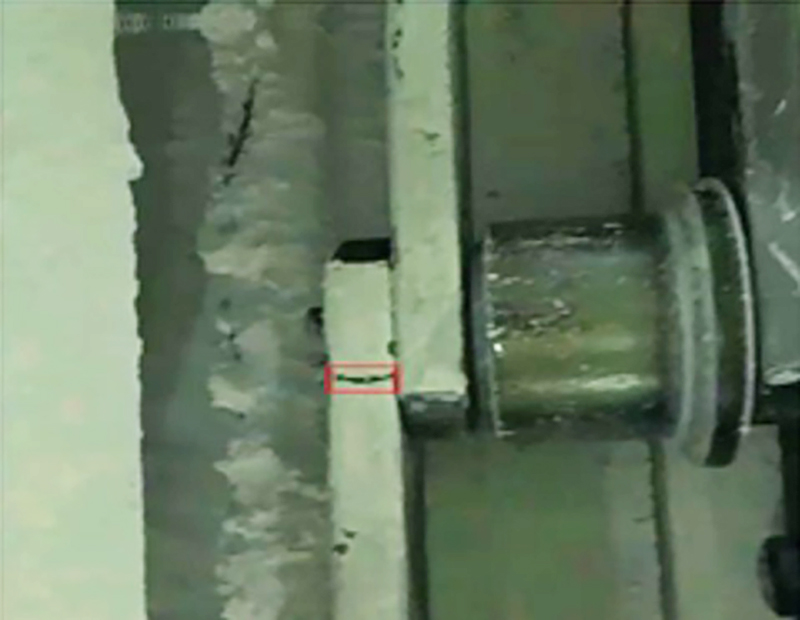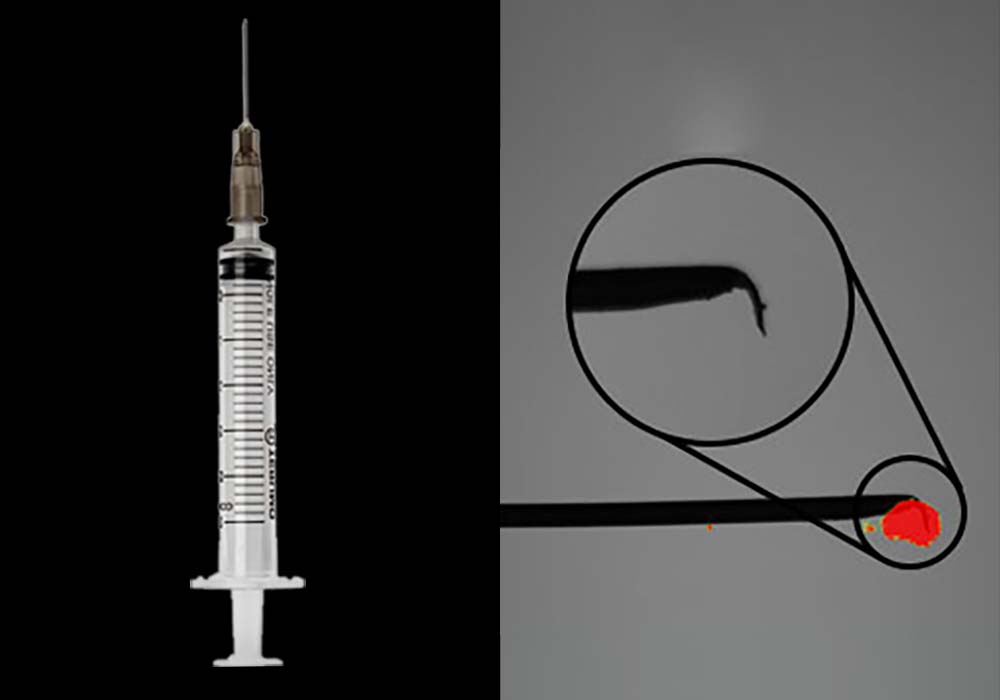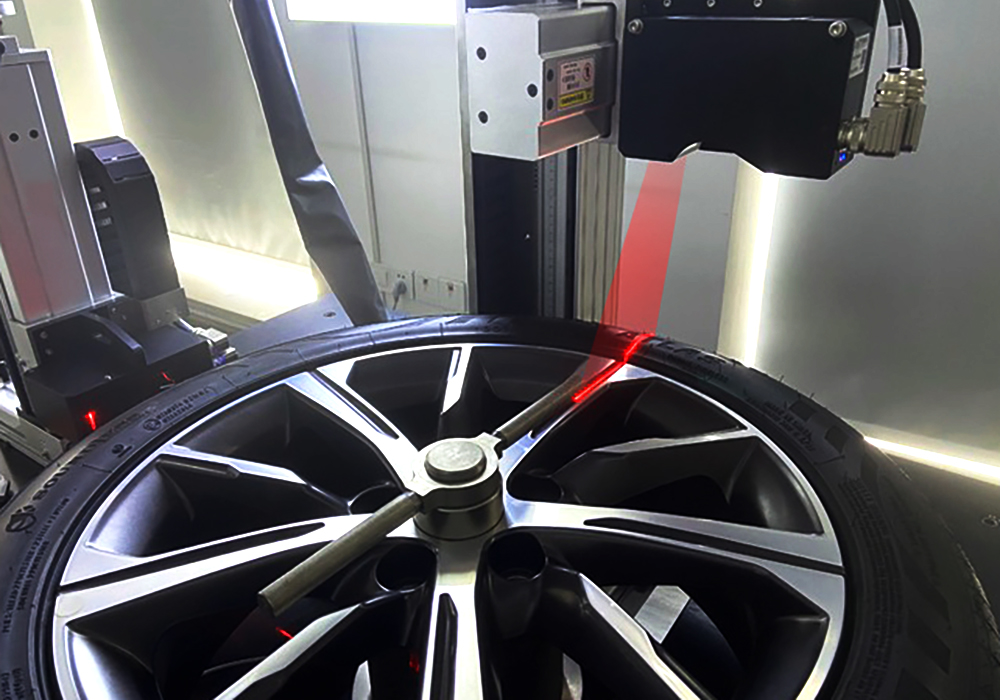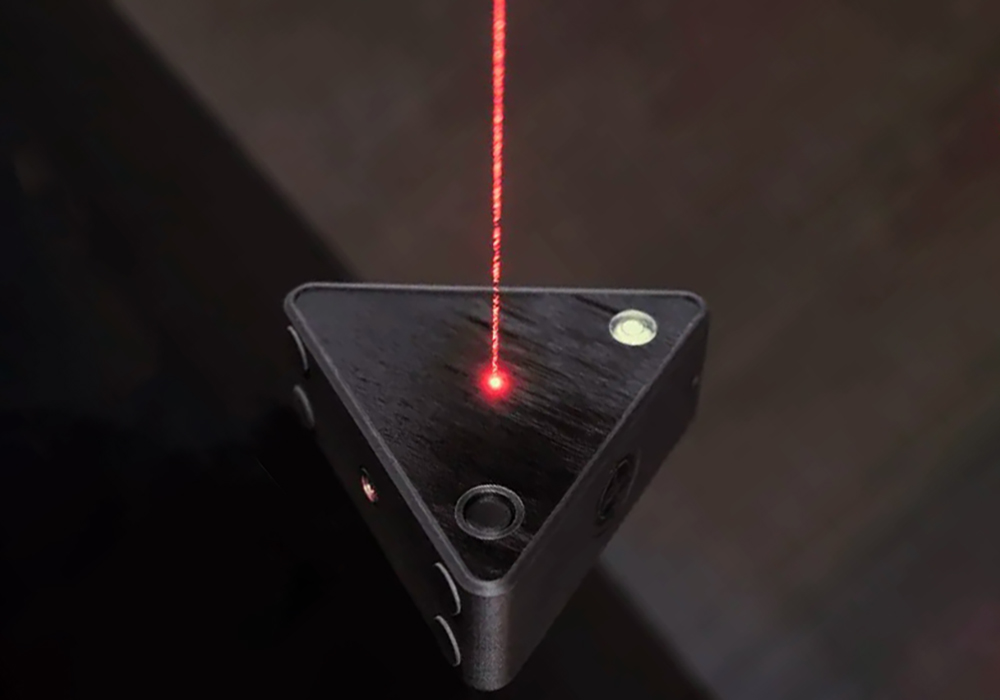Detection target: Chain track cracks
Require: Identify cracks and defects in complex images
The captured image as show below:
Identifying defects in complex environments has always been a challenge in the vision industry. After years of exploration in the machine vision industry, Intsoft Technology has found that the root of the problem lies in the non-standard application environment of machine vision inspection – the production line environment is complex, the products are diverse, the lighting conditions and product surface properties are different, and almost every project requires customized cameras, light sources, and algorithms.
What to do? That is to continue to overcome difficulties. After more than a year, we have finally developed an independent AI machine vision inspection system that can detect minor flaws and scratches, so that even the smallest faws can be found.
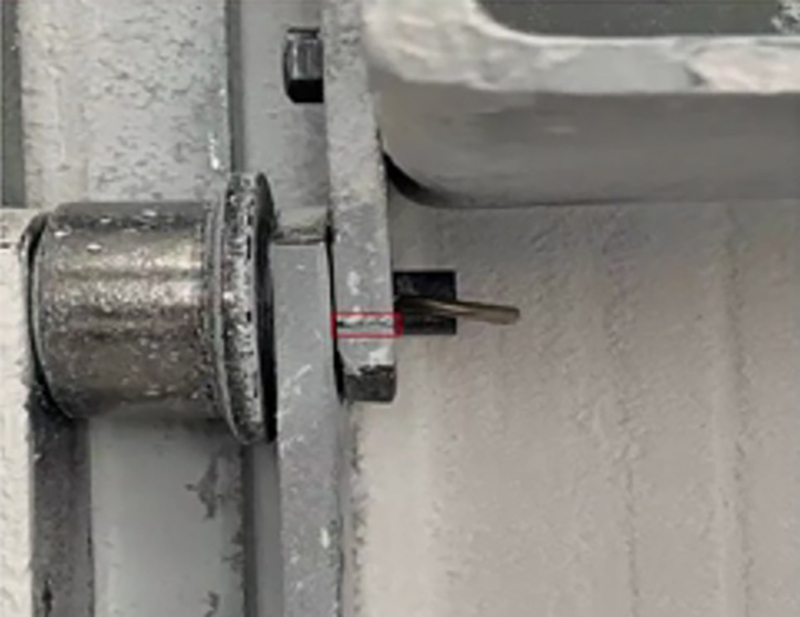
Intsoft Industrial AI Visual Inspection adopts the following architecture:
Front-end image collection → data analysis → deep learning pattern recognition, truly solve the non-standard problem of the visual inspection environment, through the deep learning framework, non-standard visual inspection features are obtained through training, and finally universal and intelligent defect detection capabilities are created.

Video case:
In theory, the steps of AI deep learning visual inspection chain track are as follows
Image Acquisition:
Use high resolution industrial cameras or vision sensors to capture images of chain tracks.
Ensure consistent lighting conditions and camera positioning for clear and informative images.
Capture images of both healthy and cracked chain track sections for training and testing the deep learning model.
Image Preprocessing:
Apply image preprocessing techniques such as noise reduction, contrast enhancement, and normalization.
Perform segmentation to isolate regions of interest, i.e. chain track areas.
Extract relevant visual features from preprocessed images, such as texture, edges, and geometric properties.
Deep Learning Model Development:
Choose the appropriate deep learning architecture, such as Convolutional Neural Networks (CNNs), which are well suited for image-based tasks.
Design the network architecture, including the number of convolutional, pooling, and fully connected layers, to effectively capture the visual patterns of chain track cracks.
Train the deep learning model using the labeled dataset of healthy and cracked chain track images.
Fine-tune the model’s hyperparameters and architecture to optimize its performance for the specific crack detection task.
Crack Detection and Localization:
Use the trained deep learning model to analyze new chain track images and classify them as either cracked or healthy.
Locate the position and extent of the cracks detected in the chain track images.
Provide detailed information on crack characteristics, such as length, width, and orientation, to support maintenance and repair decisions.
Model Deployment and Monitoring:
Integrate the deep learning-based crack detection system into the chain track inspection workflow.
Monitor system performance and continuously refine the model as new data becomes available.
Implement quality control procedures to ensure the system’s reliability and accuracy over time.
The key advantages of using deep learning for chain track crack detection include:
Improved detection accuracy compared to traditional rule-based or feature-based approaches.
Ability to handle complex and diverse crack patterns, including those that may not be easily identifiable by human inspectors.
Scalability and adaptability to different chain track designs, materials, and operating conditions.
Potential for real-time, automated, and continuous monitoring of chain track condition.
Reduced reliance on manual inspections, leading to cost savings and improved maintenance scheduling.
By leveraging deep learning-based vision systems, chain track manufacturers and operators can enhance their condition monitoring capabilities, prevent unexpected failures, and optimize their maintenance strategies, ultimately improving the overall reliability and performance of their chain track systems.

